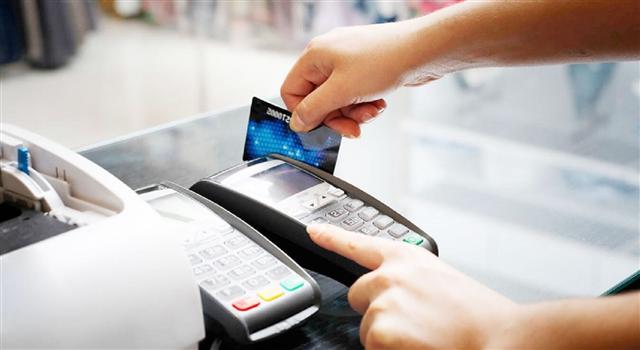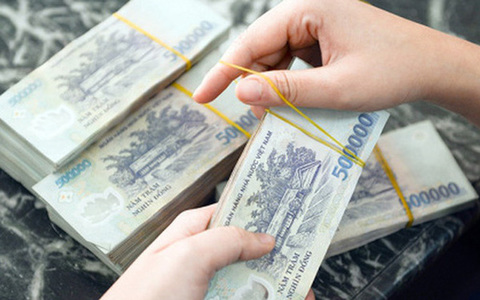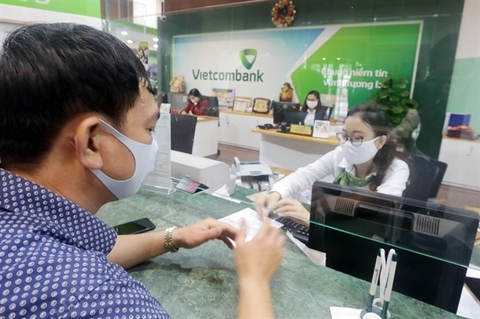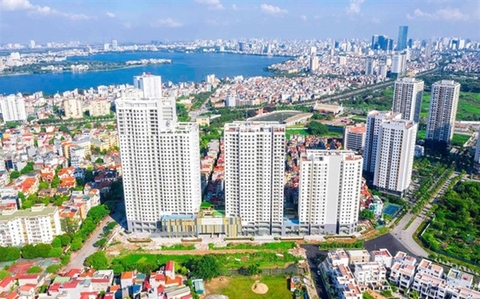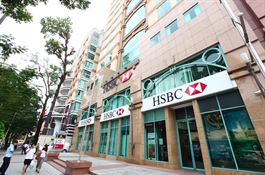Cashless payments boom in Vietnam, but cash economy still too high
Cashless payments boom in Vietnam, but cash economy still too high
There is plenty of room for cashless payments, experts said at an online seminar on “Opportunities for digital banks, Fintech and Mobile Money”. However, the government needs to complete a series of laws regulating the digital economy, including digital finance.
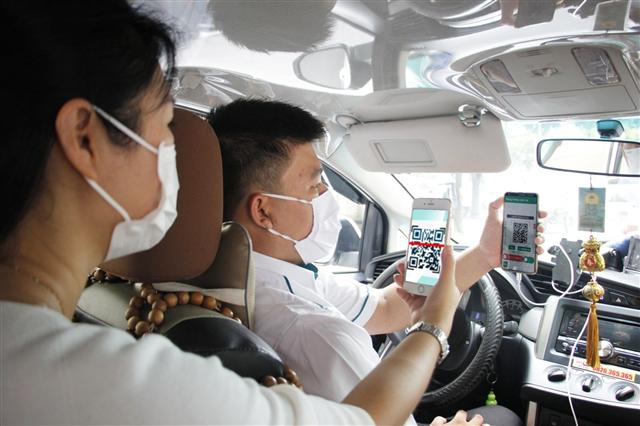
Cashless payments have become popular since the outbreak of the Covid-19 pandemic
|
Favorable conditions
Vietnam currently has 79 payment service providers via the internet and 44 via mobile devices, and about 272,263 points of sale (POS). In the first half of 2021, internet and mobile payments increased by 65.9 percent and 86.3 percent in volume, and 31.2 percent and 123.1 percent in value compared to a year ago, respectively.
Joint Stock Commercial Bank for Investment and Development of Vietnam (BIDV) Chief Economist Can Van Luc said cash payments are popular in Vietnam, with cash payment methods in e-commerce accounting for the highest rate at 28 percent, and payments via e-wallet making up about 21 percent. Meanwhile, payments by cash and e-wallet worldwide accounted for 3.3 percent and 44.5 percent, respectively.
Ngo Anh Tuan, director of the VNPAY-QR, said that if small- and medium-sized enterprises and individual household businesses accept POS payments, it would contribute significantly to the reduction of cash payments.
Pham Minh Tu, deputy director of the MobiFone Digital Service Center, said that more than 100 million mobile subscribers and about 70 percent of Vietnamese people using the internet provide favorable conditions for the use of mobile-phone credit to pay for low-value goods and services (Mobile Money). She said MobiFone is still in the process of completing procedures and applying for a license to launch its product, targeting unbanked customers, especially those in rural and remote areas.
Challenges and solutions
|
There is still much room for the development of cashless payments in Vietnam, but it will be challenging. Although Vietnam has several dozen e-wallets, they are not connected and cause inconvenience to users. Nguyen Minh Tam, deputy general director of Sacombank, said cashless payment services require large investment in advanced and modern technologies. If providers do not have methodical strategies, it will not be easy to implement, Tam said, adding that customers are still concerned about security and risks.
Pham Minh Tu said the development of Mobile Money or cashless payments in Vietnam still faces many challenges. The main goal is to change people’s habits by strengthening information dissemination, in addition to designing products that are convenient, safe and easy to use and access.
Although cashless payments are booming, the proportion of cash in total means of payments is still high at more than 11 percent. To reduce the proportion to eight percent by 2025, a goal set out by the State Bank of Vietnam, Can Van Luc said the government needs to complete the legal corridor for the digital economy and government, including digital finance. In addition, it is necessary to increase consumer confidence, upgrade the information technology system, and strengthen investment in digital infrastructure and databases. The government also needs to develop an open banking system with stronger cooperation among commercial banks, Fintech and payment intermediaries.
| Vietnam needs to pilot Mobile Money as soon as possible, while promoting financial education programs in order to boost cashless payments amid the Covid-19 pandemic. |


